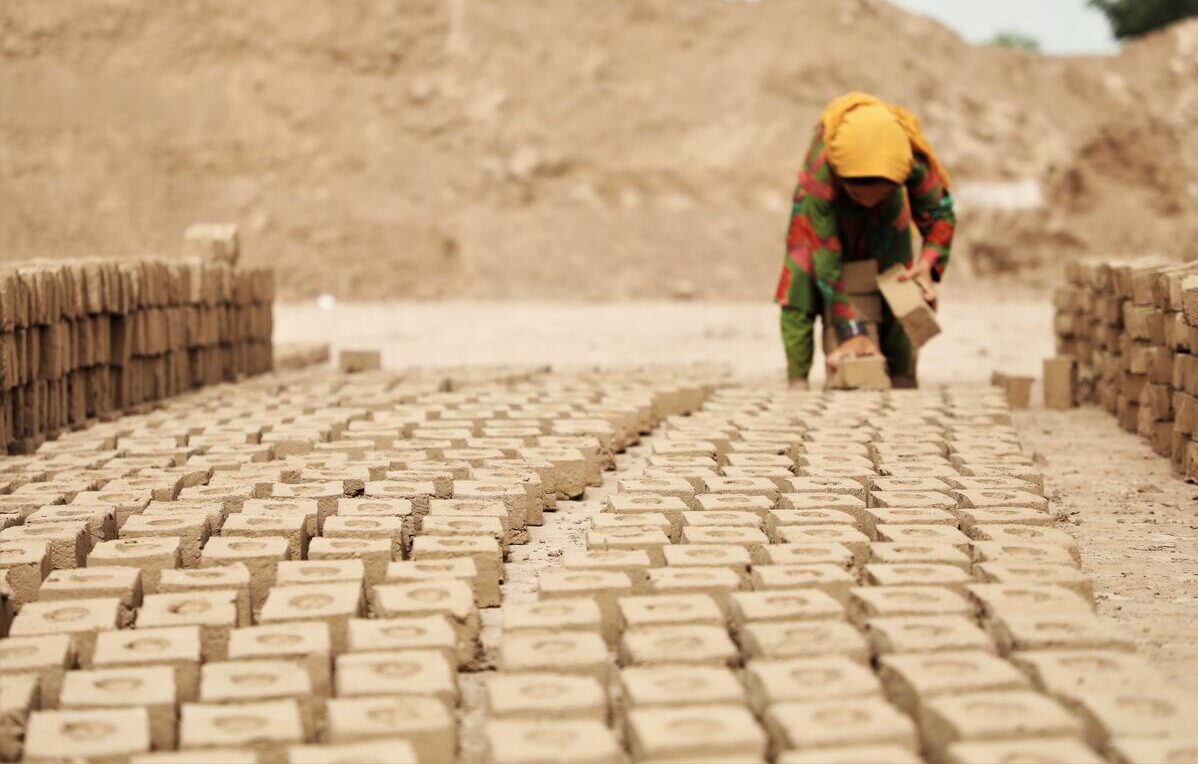Child labor, as defined by the International Labour Organization, is work that deprives children of their childhood, potential, and dignity, and that is harmful to physical and mental development. Let’s explore this critical issue through impactful photos.
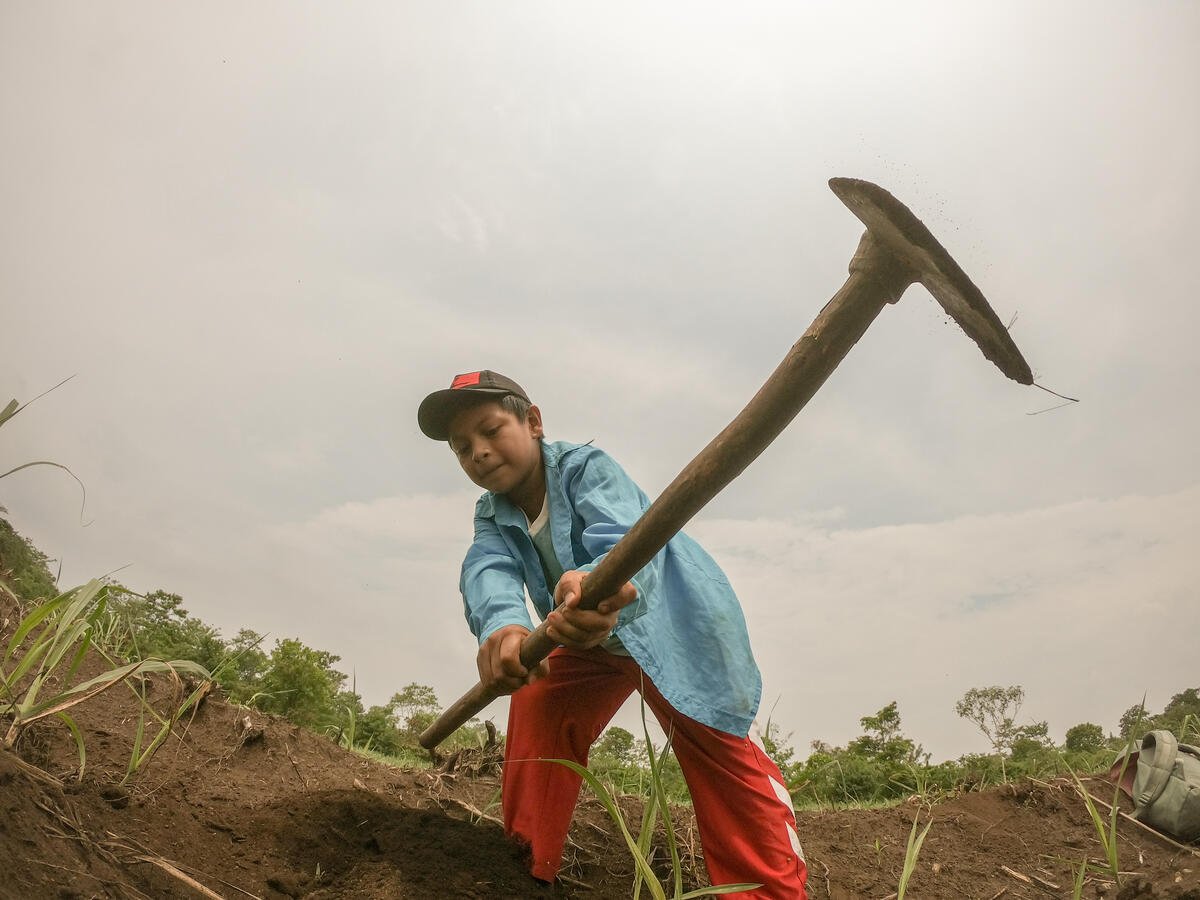
On June 12, World Day Against Child Labour, we reflect on the 160 million children worldwide — nearly 1 in 10 — forced into child labor, depriving them of their rights and future.
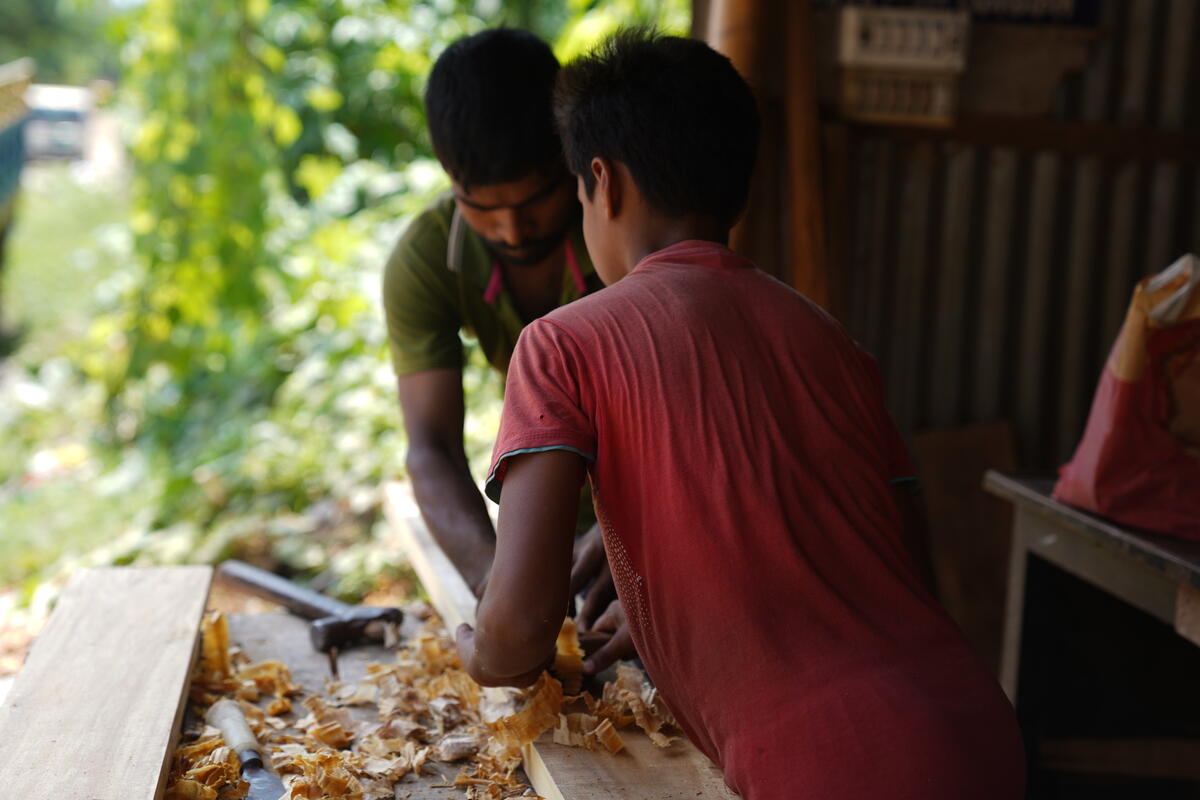
Among these children, 79 million worked under hazardous conditions in 2020, further jeopardizing their health, safety, and well-being.
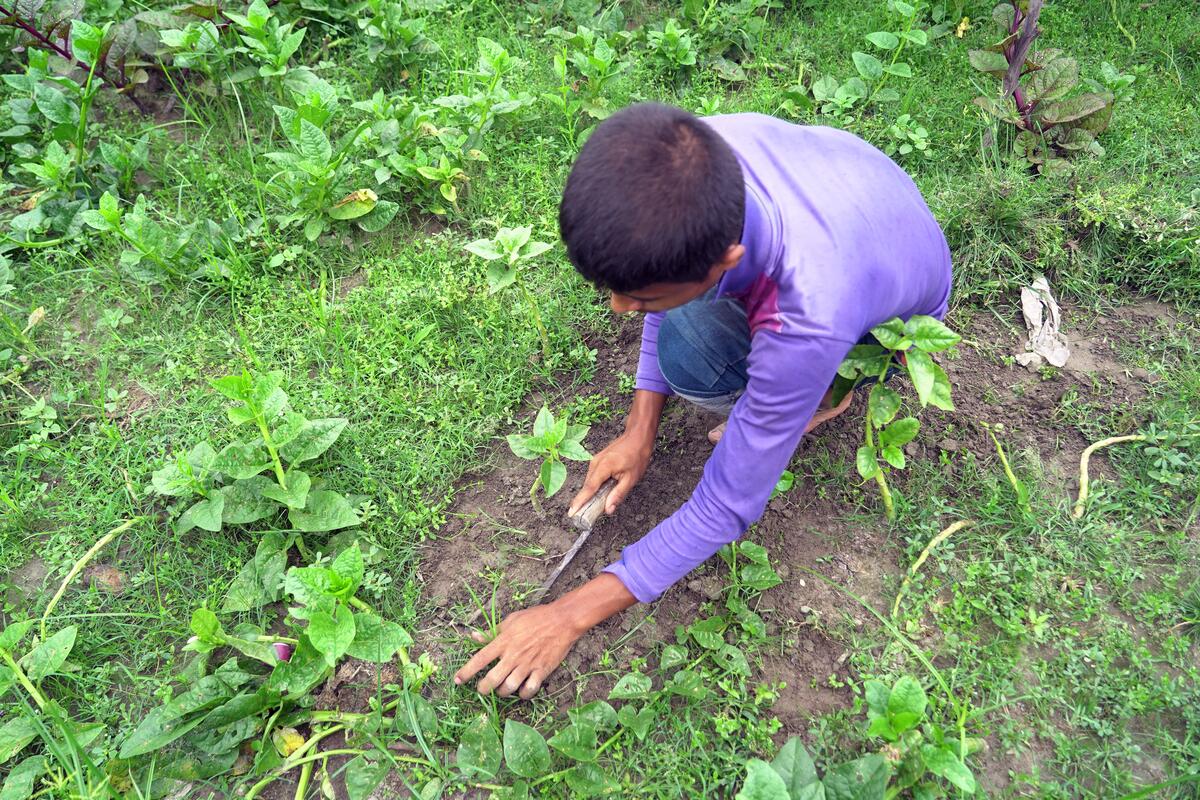
Approximately 70% of child laborers, or 112 million children, work in agriculture, predominately farming and herding.
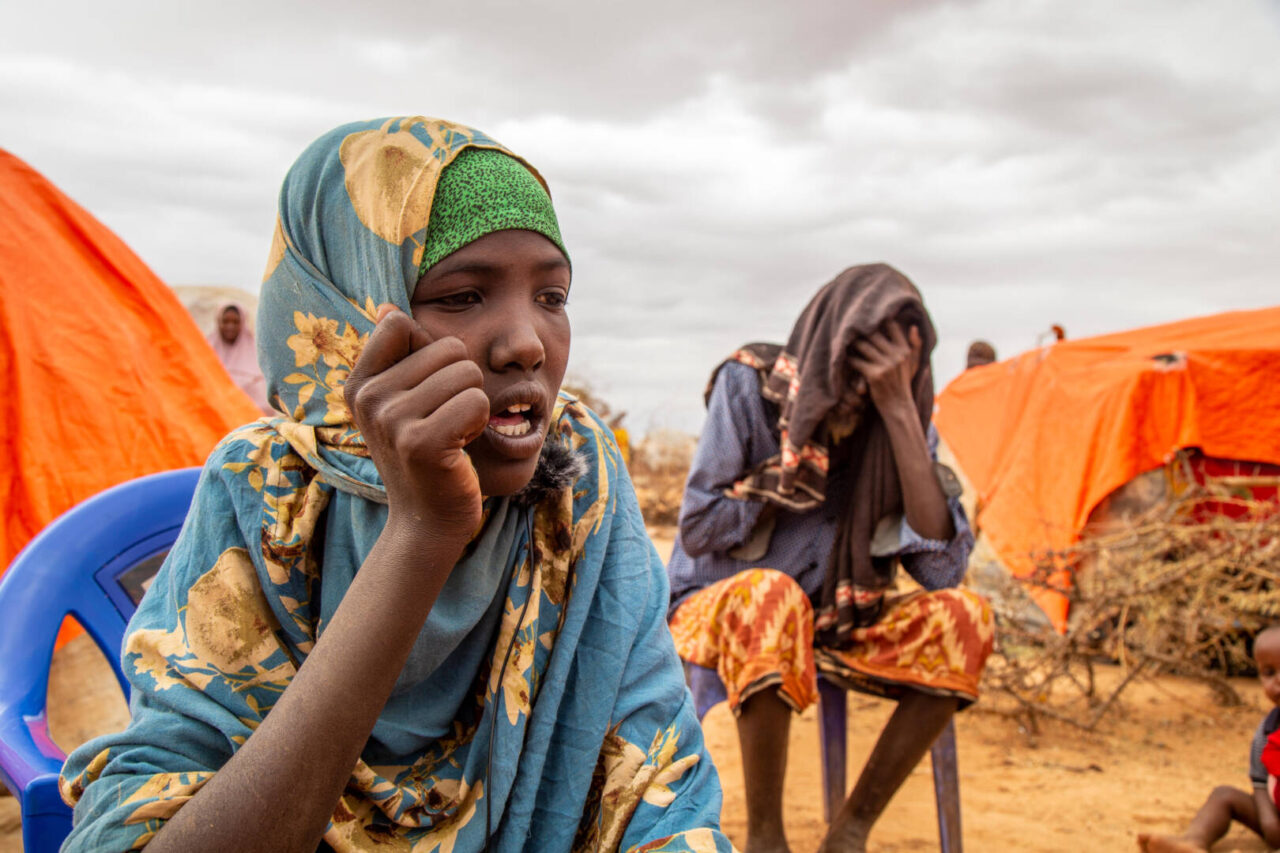
Child labor is most widespread in impoverished regions, often exacerbated by armed conflict. Sub-Saharan Africa leads with 86.6 million child laborers, followed by Central and Southern Asia with 26.3 million.
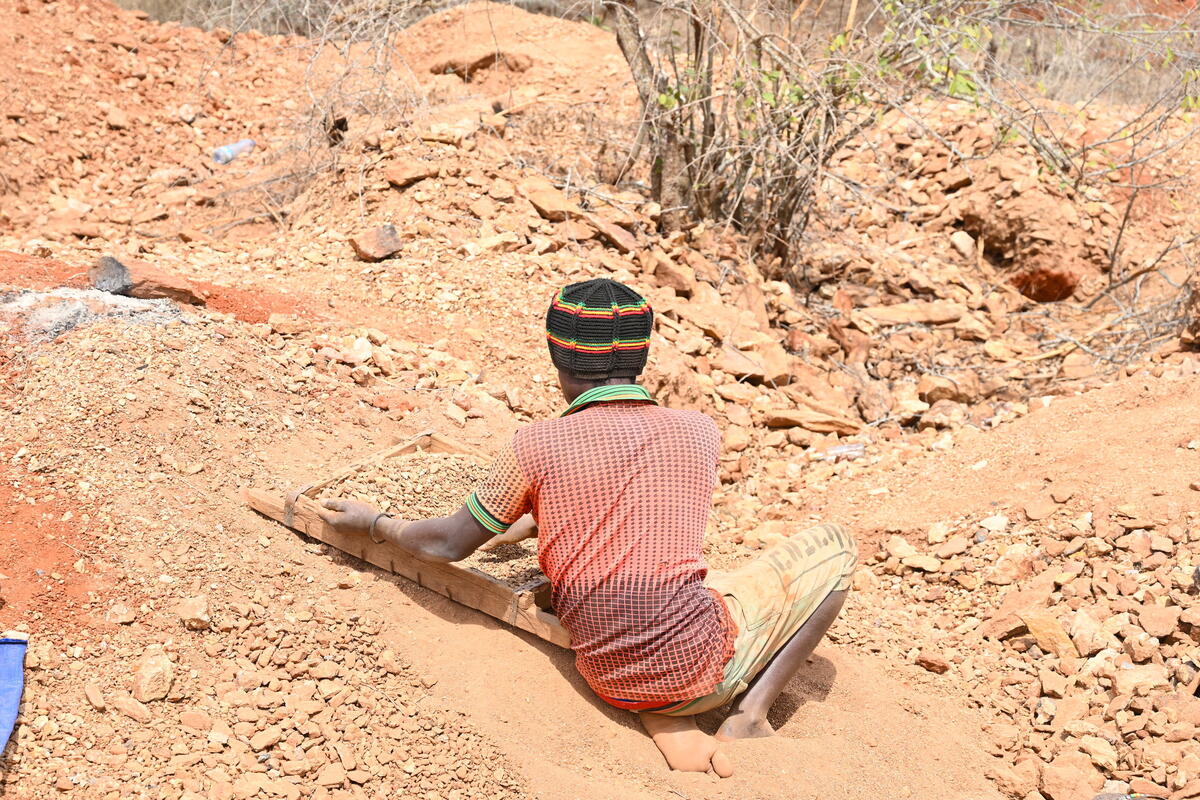
Children, especially vulnerable during their early developmental years, face risks of injuries that may not be evident as physical and mental health problems until later stages of life.
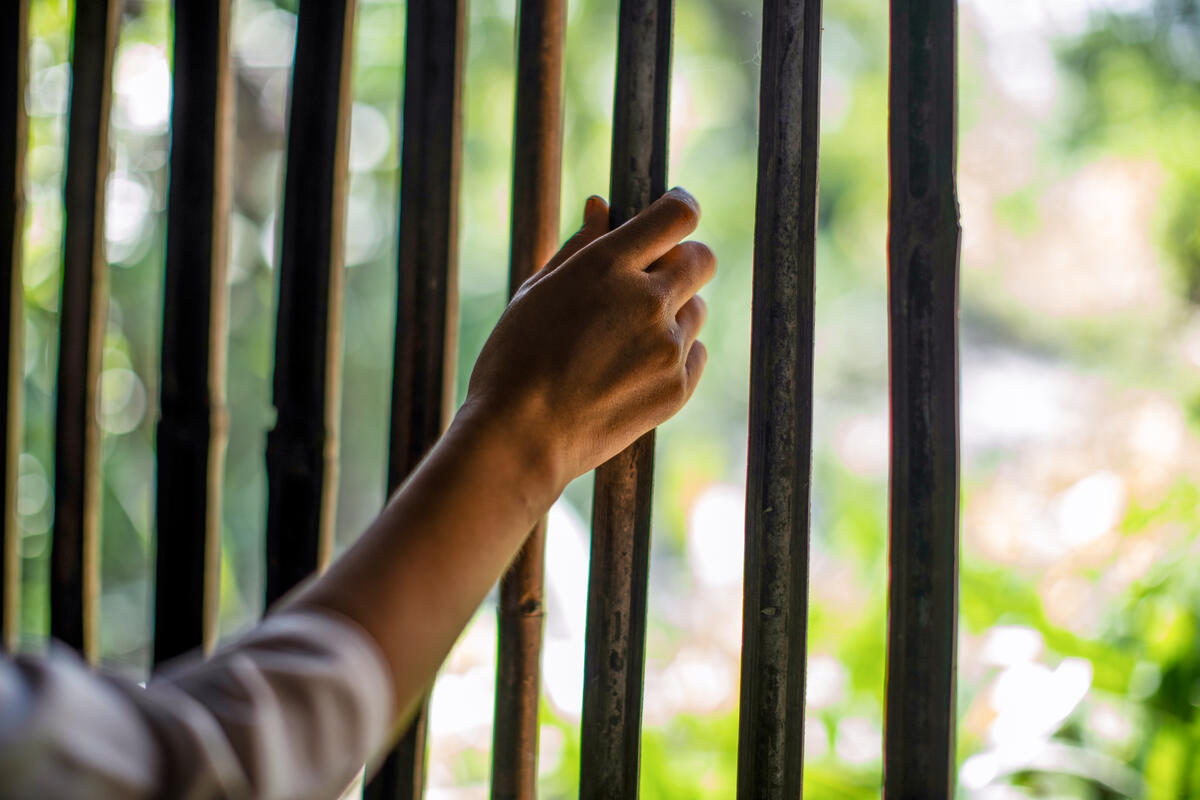
Approximately 6.3 million children have been forced into commercial sex exploitation, experiencing severe abuse and violation of their rights.
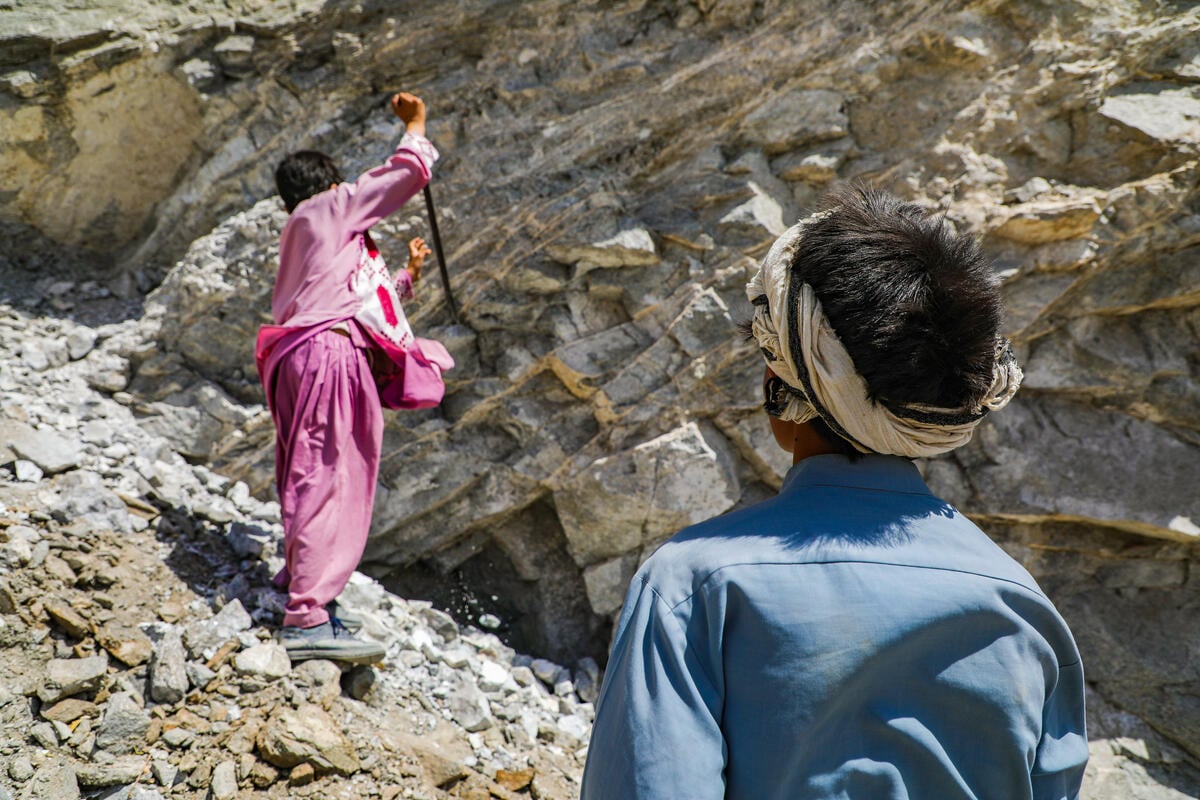
The negative impacts of the COVID-19 pandemic have led to a rise in child labor, with more children being pushed into work due to economic hardships and school closures.
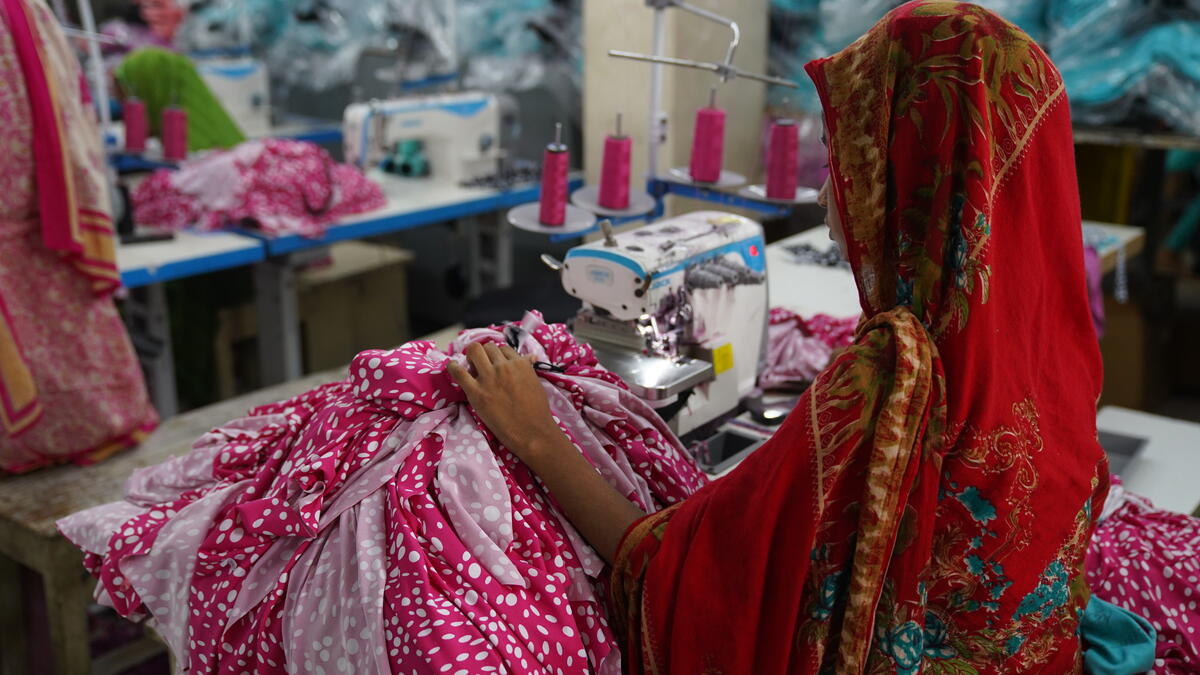
Child labor prevents children from getting the education they need to break free from the cycle of poverty. One in three children in child labor are out of school.
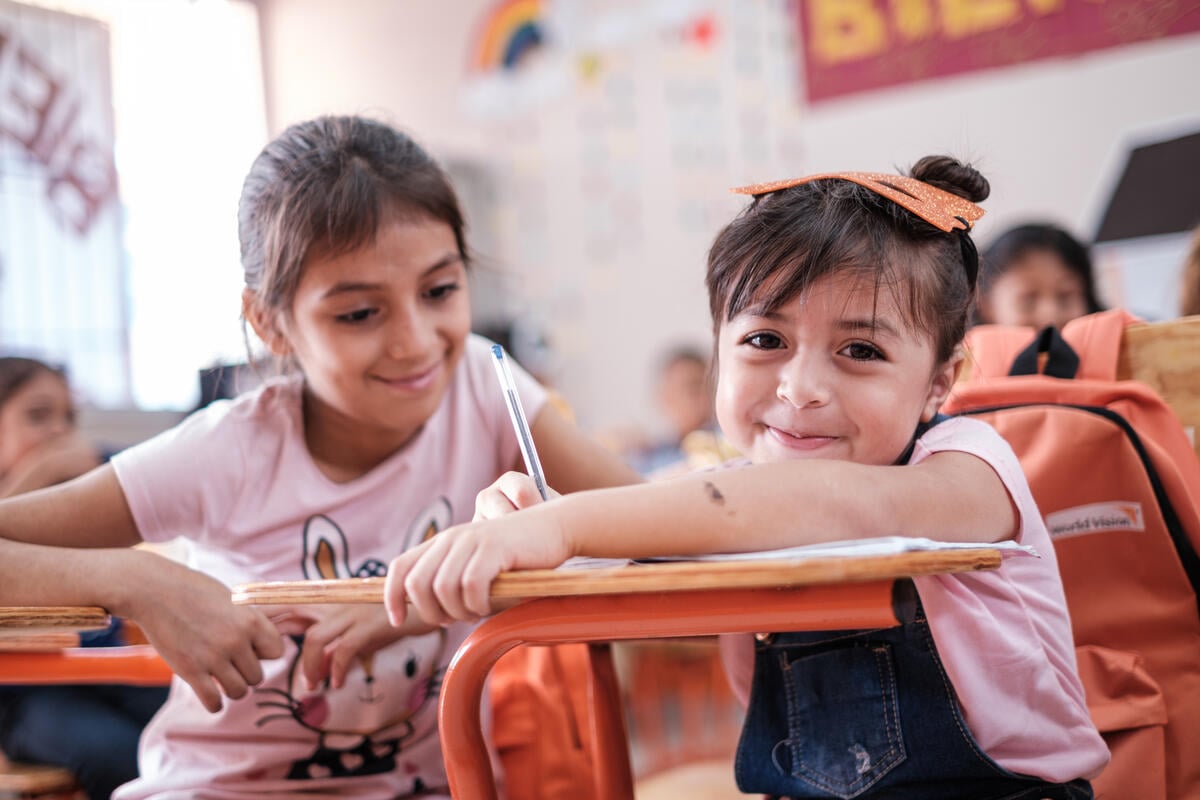
World Vision places children at the center of all our holistic development work to equip communities to sustainably transform their lives.
Discover more about World Vision’s Bright Futures project aimed at reducing child labor in Honduras.
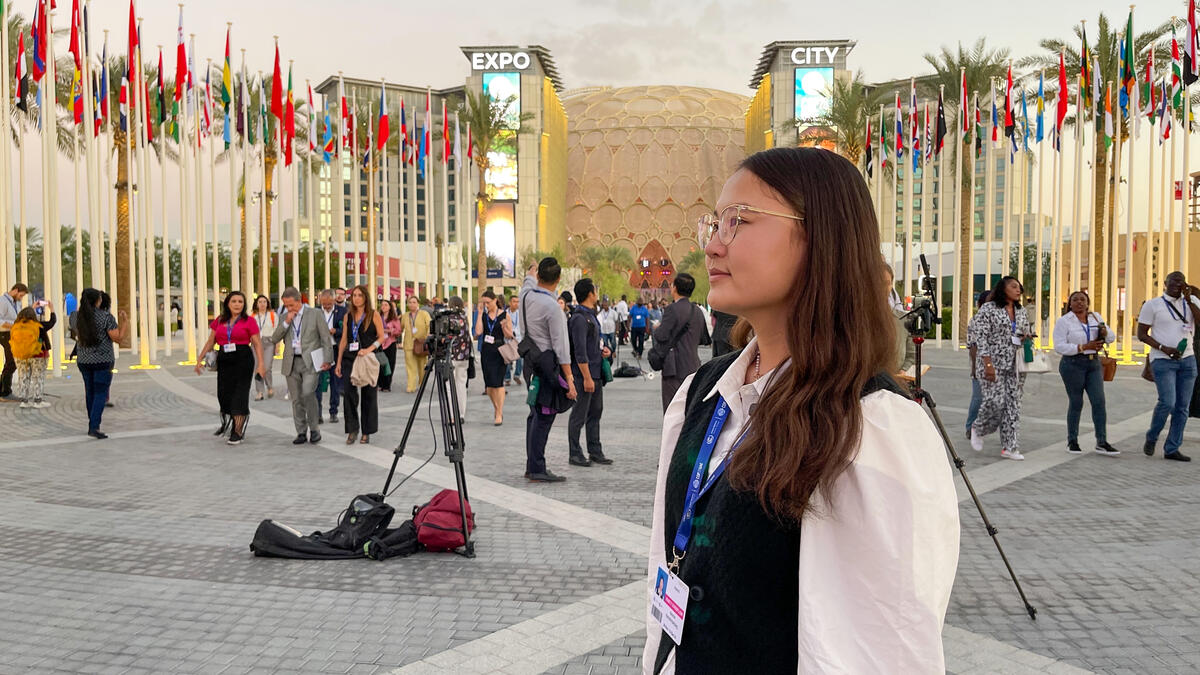
We help empower children to understand and exercise their rights and equip them with tools to work toward their own well-being.
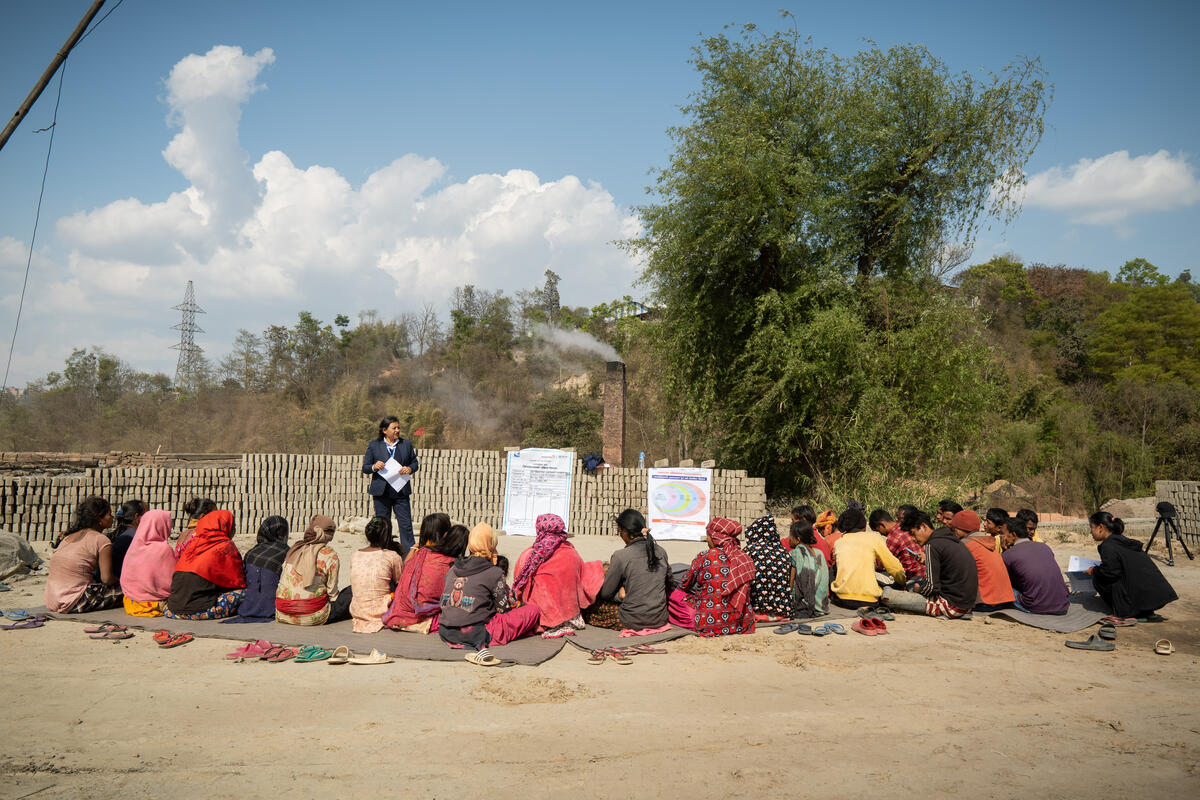
We collaborate with parents and communities to protect children, helping to safeguard their futures from the injustice of labor exploitation. We work with governments to advocate for the support and enforcement of national child labor laws.
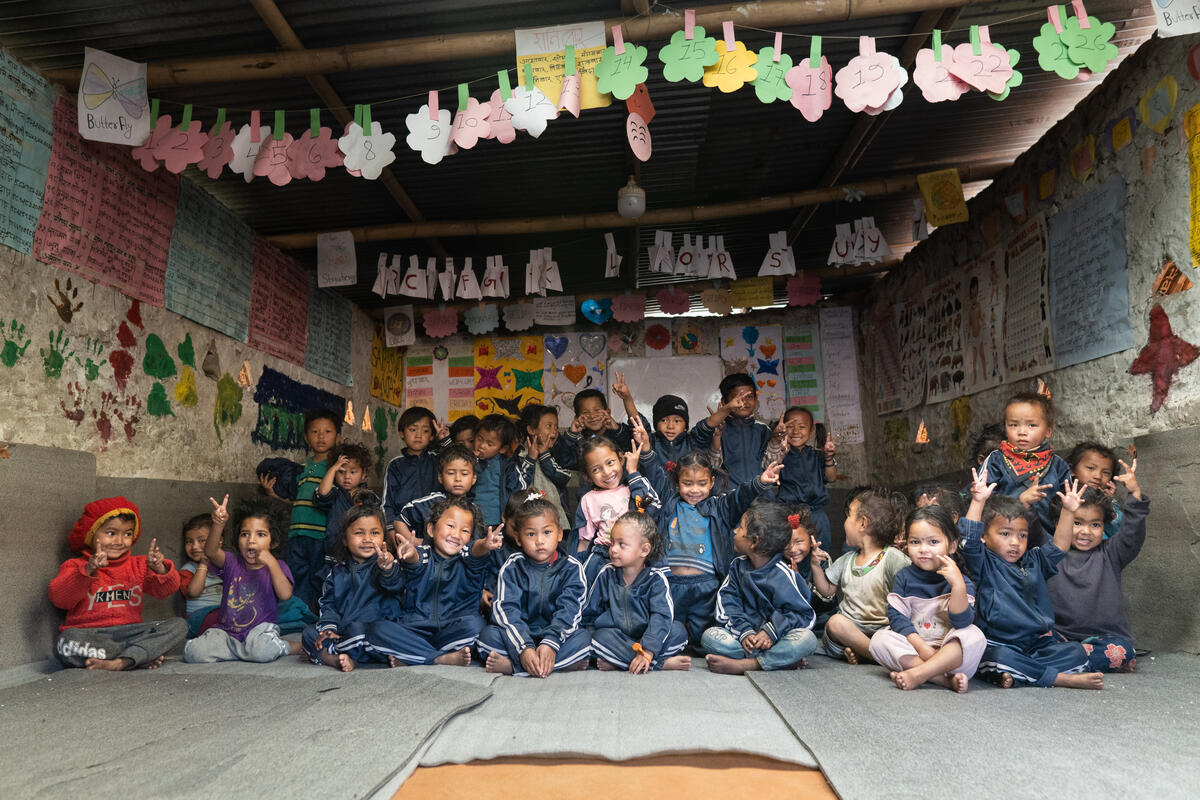
We are dedicated to supporting and nurturing communities’ positive transformation, helping ensure every child can reach a brighter future and live the full lives that God intends for them.
